Introduction
As a banking and insurance (BBA-BI) student at Ace Institute of Management, and the daughter of a bureaucrat and a social worker cum teacher, my life has been a blend of academic pursuit and creative endeavors. From a young age, I found solace and joy in music, performance, and modeling, pursuits that have shaped my journey thus far. Alongside my academic commitments, I have had the privilege of being featured in numerous music videos alongside commendable performers and teams, garnering significant recognition for my contributions to the acting dimension. From my earliest appearance in the music video “Kalo Keshma Relimai,” which has garnered 18 million views on YouTube, to clinching the title of Miss SEE Nepal in 2016, each experience has enriched my life and propelled me towards personal growth and excellence. Despite my busy schedule and diverse interests, I was eager to embark on the Vipassana Meditation Champ starting on February 1st this year recognizing it as an opportunity to further enhance my well-being and confidence for future challenges and career.
Despite the whirlwind of activities and involvements there remains a part of us yearning for deeper fulfillment, a yearning we couldn’t quite articulate until the opportunity to participate in the Vipassana Meditation Champ presented itself. While making decision it seems a mix of trepidation and anticipation, knowing that stepping into this unknown territory would bring about profound changes. While I hadn’t fully grasped what lay ahead in the Vipassana experience, I trusted in the wisdom passed down from my parents and with the support of my friends, I embraced the decision to immerse myself in this ancient practice, setting aside the distractions of social media, daily chaos, and the allure of vacationing, in pursuit of something deeper and more meaningful. And so, with a blend of excitement and apprehension, I embarked on this journey, eager to uncover the answers to questions I hadn’t even fully articulated yet, and to discover how Vipassana would shape my path forward.
Entering the serene premises of Dhamma Shringa, Nepal Vipassana Center at Budhanilakantha on that first day filled the participant with a whirlwind of emotions – fear, excitement, and confusion. Holding the Vipassana leaflets in my hands, outlining the rules and guidelines, I made a silent promise to myself to adhere to each one diligently. Assigned to Q block on the fourth floor, I found myself among fellow Vipassana applicants whose shared gentle laughter and camaraderie during the orientation day infused me with a sense of inspiration and solidarity. As we exchanged stories and shared our hopes and fears, it became evident that we were all embarking on this journey together, united in our quest for self-discovery and inner peace.
Amidst the anticipation and trepidation of what lay ahead, we delved into the teachings of Vipassana, an ancient meditation technique rediscovered by Gautama Buddha over 2500 years ago. This method of self-transformation through self-observation fascinated me, focusing on the profound connection between mind and body. As I familiarized myself with the code of conduct – abstaining from killing, stealing, sexual activity, lying, and intoxicants – and the additional precepts enforced during the course, I understood the disciplined approach required for this transformative journey. From maintaining noble silence to adhering to strict guidelines on physical contact, clothing, and outside communication, every aspect of the Vipassana experience was meticulously designed to facilitate deep introspection and mental purification.
As I embraced the acceptance of the teacher and the technique, I embarked on this immersive journey with a sense of trust and openness, eager to explore the depths of my inner world and cultivate a state of peace and harmony. The structured timetable further anchored my practice, offering a rhythm to the days filled with meditation sessions, breaks, and group activities. From the early morning wake-up call at 4:00 a.m. to the evening discourse at 7:00 p.m., each moment was dedicated to honing the art of mindfulness and self-awareness. With guidance from the teacher and support from fellow practitioners, I navigated through the challenges and revelations of each day, inching closer towards a profound understanding of myself and the world around me. Through disciplined effort and unwavering commitment, I embraced the transformative power of Vipassana, laying the foundation for a journey of inner growth and self-discovery that would resonate long after the course had ended.
Reflecting on my journey through Vipassana meditation, I am reminded of the multitude of emotions and experiences that accompanied me along the path. From the initial apprehension to the moments of profound insight, each step of the way brought its own set of challenges and revelations. Throughout the course, there were instances when the practice felt overwhelming, testing my resolve and pushing me beyond my comfort zone. Yet, it was in those moments of discomfort and uncertainty that I discovered the true power of mindfulness and self-awareness.
Navigating through the disciplined structure of the course, I came to understand the importance of noble silence, the significance of adhering to the code of conduct, and the transformative potential of disciplined meditation. These teachings are not unique to my experience alone; rather, they are deeply rooted in the ancient tradition of Vipassana, which has been practiced and revered for millennia.
Vipassana, meaning “insight” or “clear seeing,” is one of India’s most ancient meditation techniques, rediscovered by Gautama Buddha over 2500 years ago. It is based on the principle of self-transformation through self-observation, focusing on the profound connection between mind and body. The technique aims to purify the mind of mental impurities and liberate individuals from suffering by developing insight into the true nature of reality.
What sets Vipassana apart is its universal applicability and accessibility. It is not tied to any particular religion or belief system but is open to people of all backgrounds and faiths. This inclusivity has led to Vipassana centers being established worldwide, from Asia to Europe, the Americas, Africa, and beyond, making it accessible to people from diverse cultures and walks of life.

The impact of Vipassana extends far beyond individual practitioners; it has also been studied and recognized by scientists and scholars for its potential to promote mental and emotional well-being. Research has shown that regular practice of Vipassana meditation can lead to reduced stress, improved focus and attention, enhanced emotional regulation, and increased feelings of compassion and empathy.
Moreover, Vipassana’s emphasis on self-discipline, ethical living, and compassionate action fosters not only personal growth but also societal harmony. By cultivating qualities such as equanimity, loving-kindness, and understanding, practitioners of Vipassana contribute to creating a more peaceful and compassionate world.
As I continue to integrate the lessons learned from the course into my daily life, I am filled with a sense of gratitude for the opportunity to embark on this transformative journey. I encourage others, especially young people like myself, to embrace the practice of Vipassana as a powerful tool for personal growth, self-discovery, and inner peace, urging them to begin their journey as early as possible to experience its profound impact firsthand.
Alka Subedi / Kusunti, Lalitpur / February 24, 2024

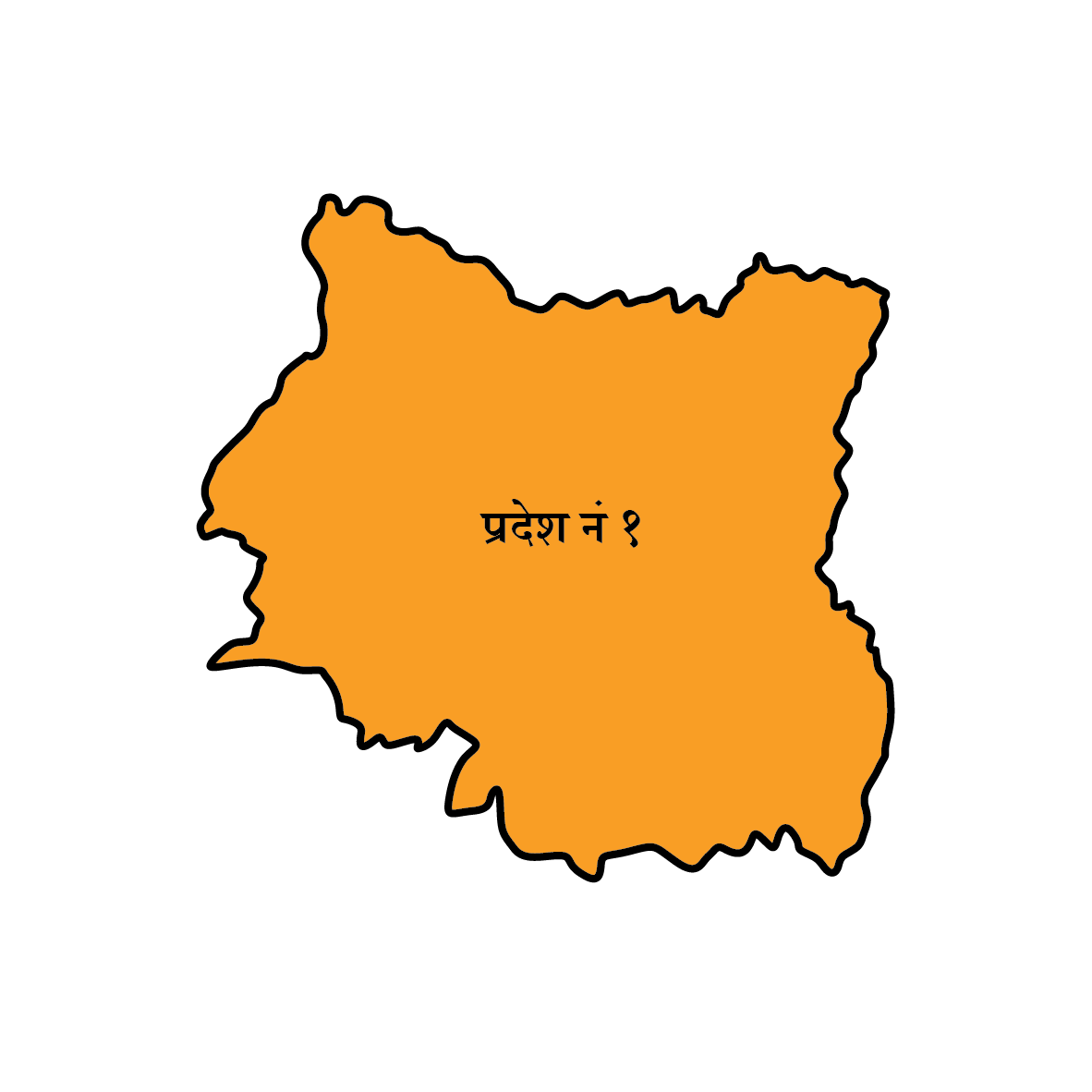 कोशी प्रदेश
कोशी प्रदेश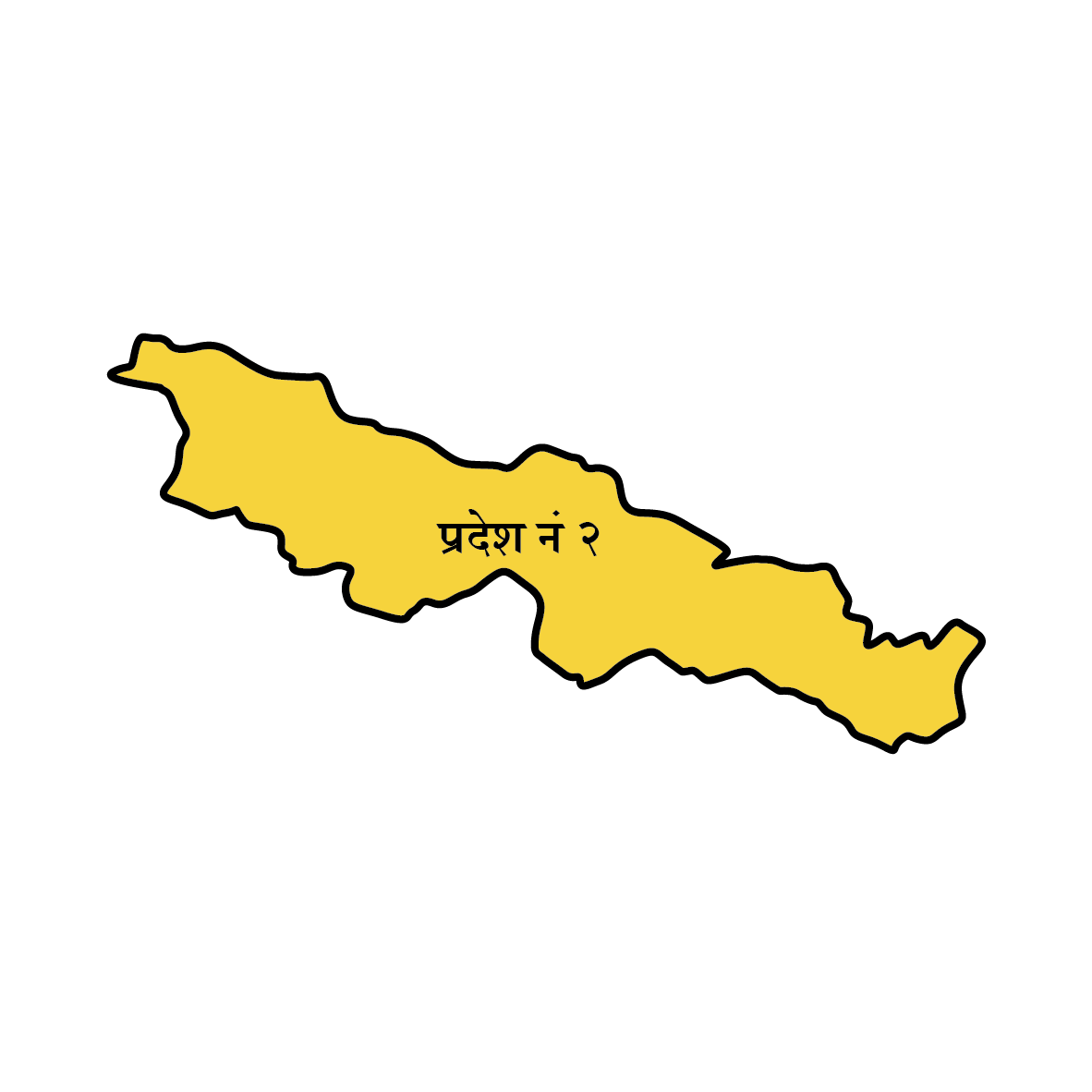 मधेश प्रदेश
मधेश प्रदेश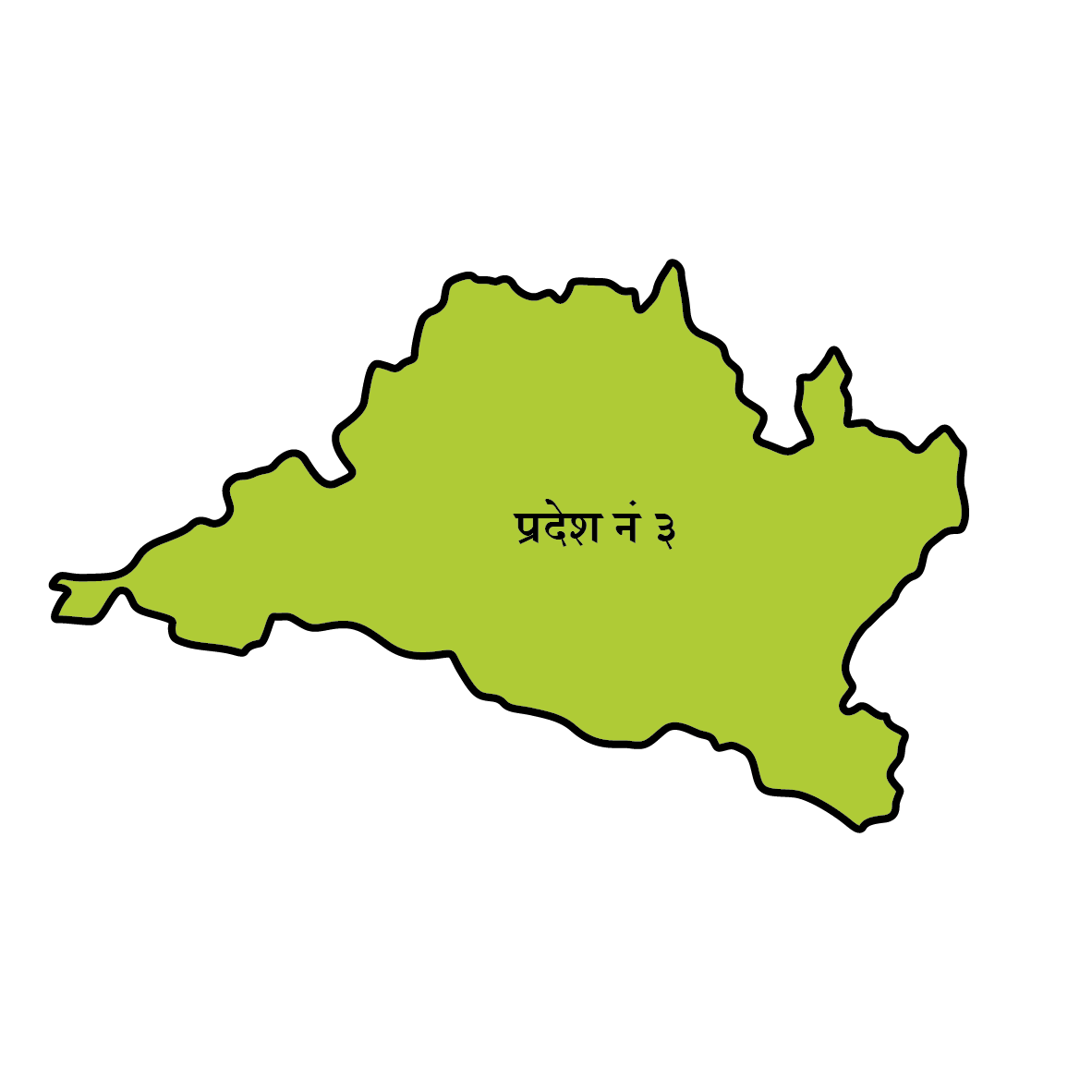 बागमती
बागमती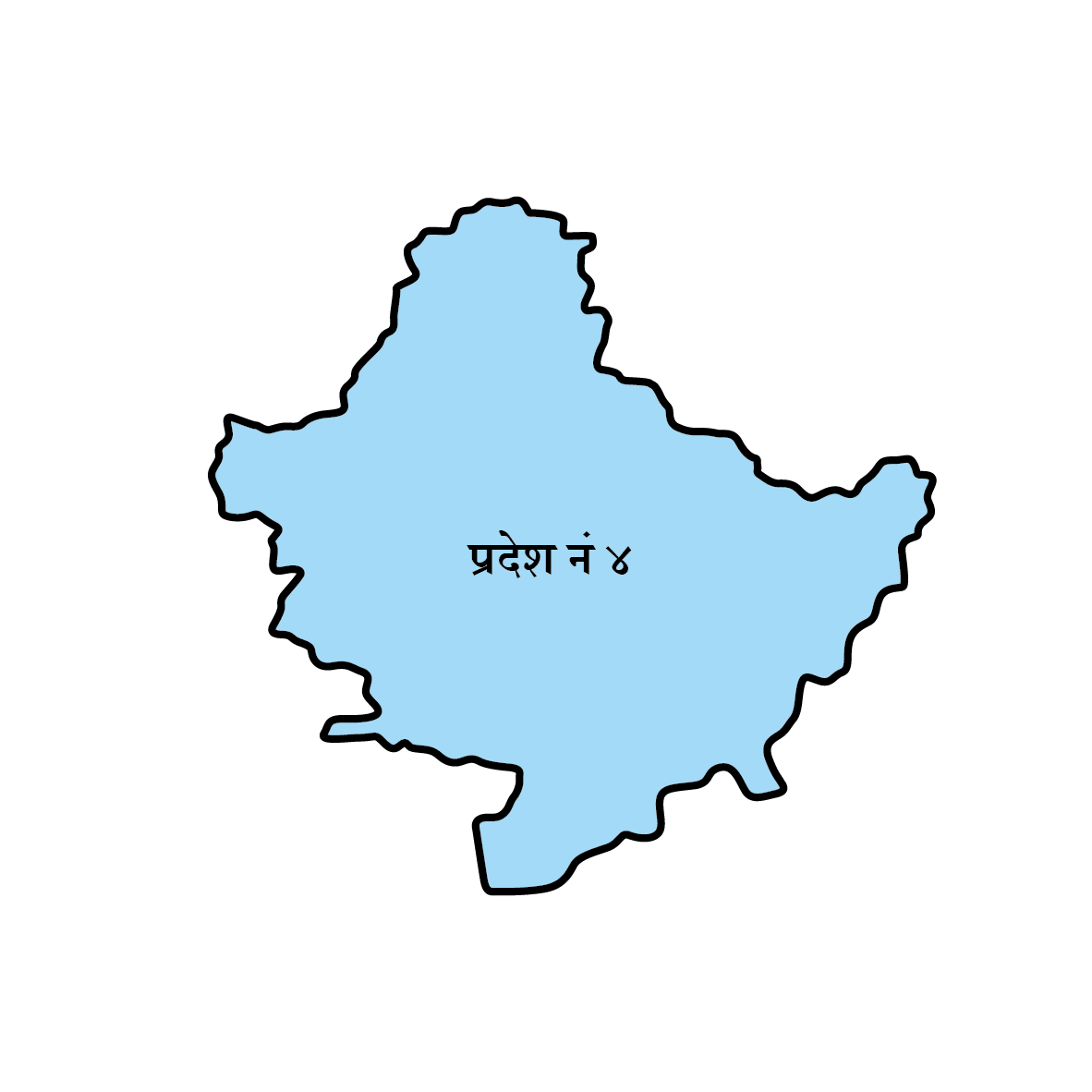 गण्डकी
गण्डकी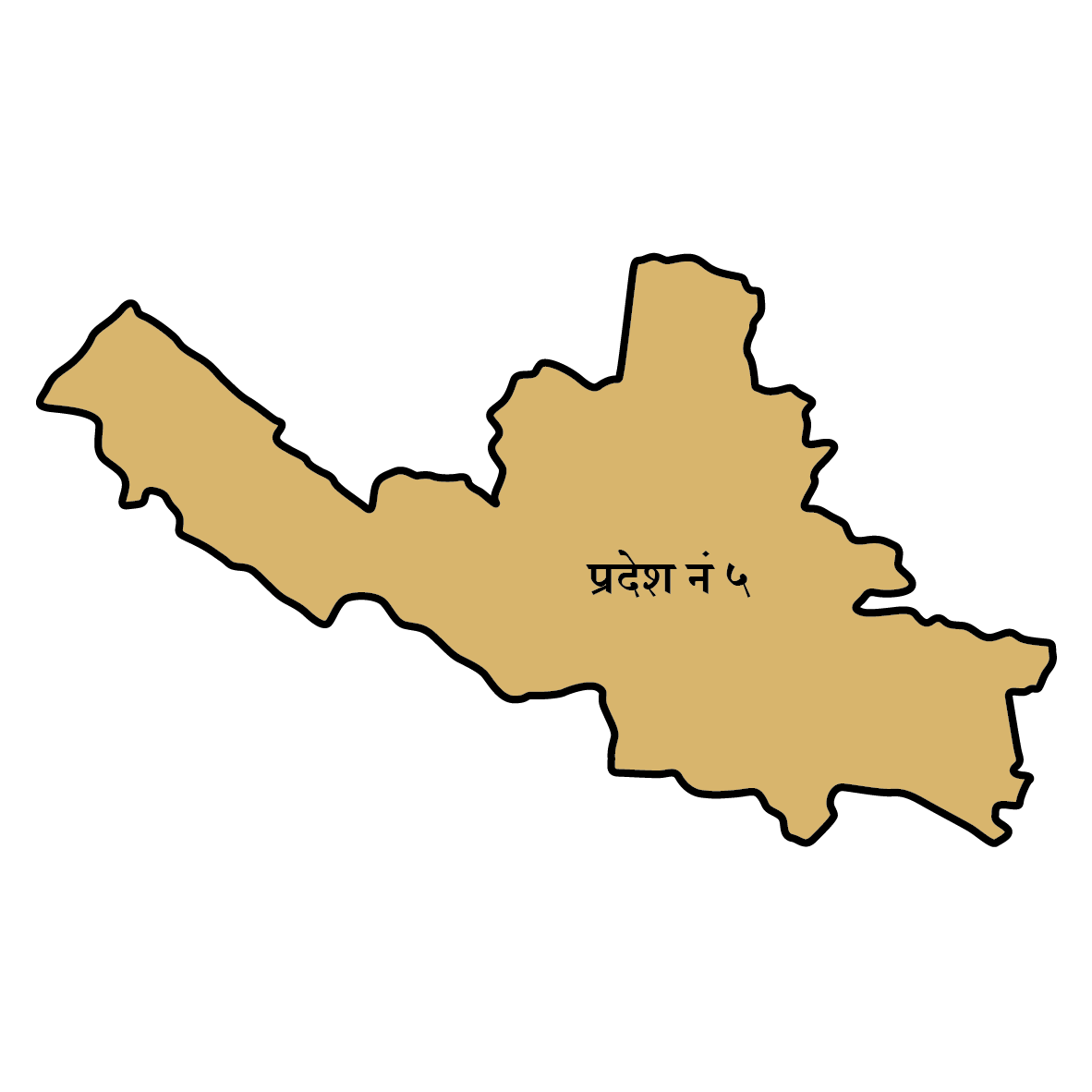 लुम्बिनी
लुम्बिनी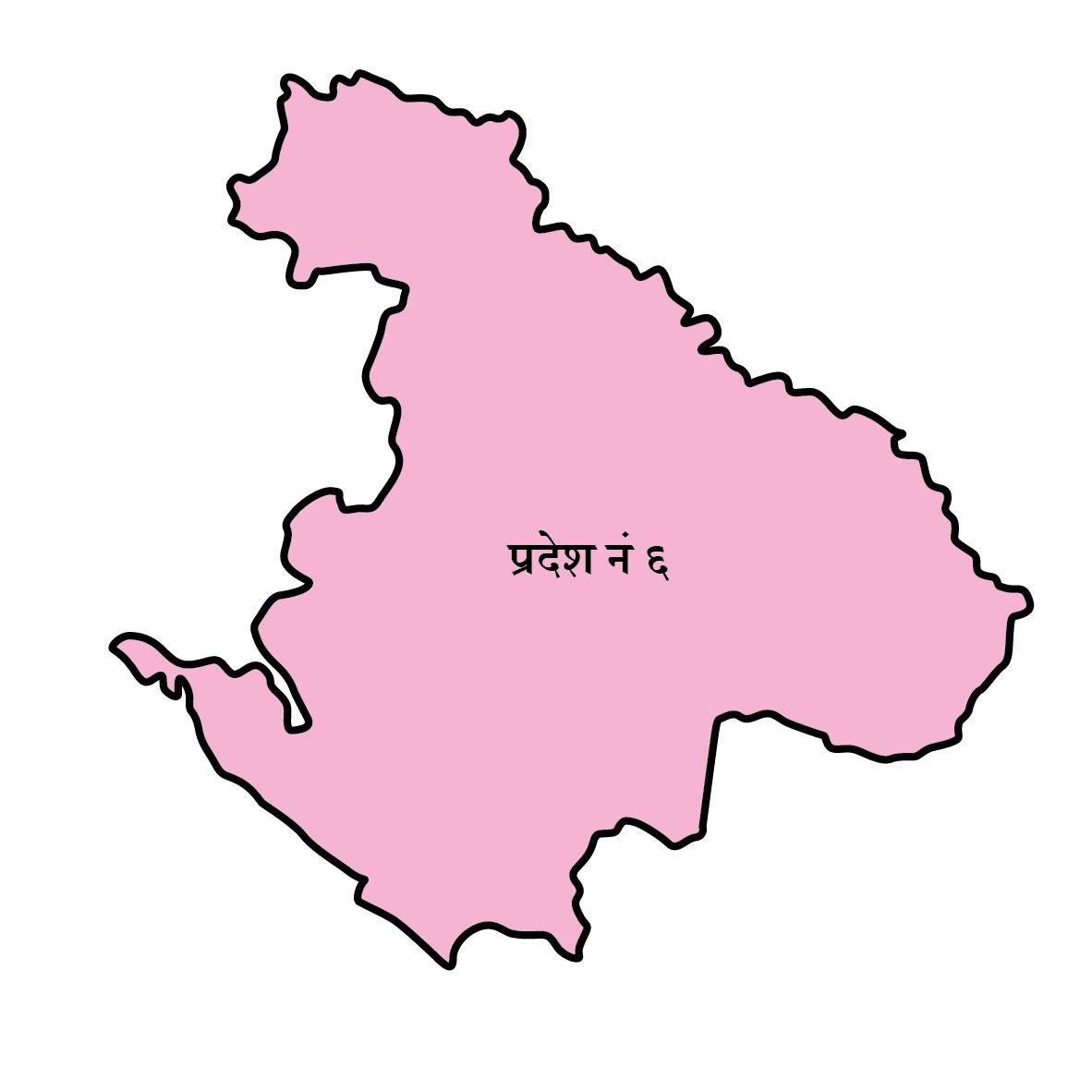 कर्णाली
कर्णाली  सुदूरपश्चिम
सुदूरपश्चिम
















